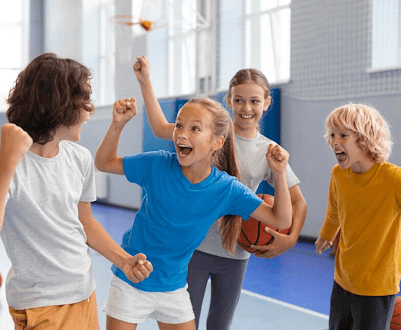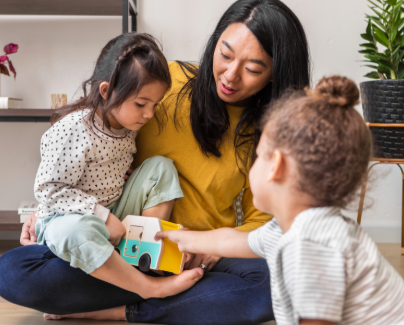Creating an inclusive and supportive learning environment for students with physical disabilities is essential to ensuring equal access to education for all. When educators, schools, and communities work together, they can help every student thrive.
Understanding Physical Disabilities
Physical disabilities may involve mobility limitations, muscle weakness, or conditions affecting coordination and physical functioning. These can be congenital or acquired and vary significantly in type and degree. Understanding the specific needs of each student is the first step in providing meaningful support.
Creating an Accessible Environment
Accessibility should be a top priority in both classroom and school design. Some ways to ensure accessibility include:
- Installing ramps and elevators for easy movement
- Providing adjustable desks and accessible seating
- Ensuring hallways and doorways are wide enough for mobility devices
- Making classroom materials available in digital or alternative formats
Inclusive Teaching Strategies
Educators can adapt their teaching methods to better support students with physical disabilities. Helpful strategies include:
- Offering flexible seating arrangements
- Using assistive technologies like speech-to-text software
- Allowing extra time for assignments or tests
- Encouraging group work that promotes collaboration and peer support
Promoting a Positive Social Environment
Building a respectful and empathetic classroom culture is key. Educators can:
- Foster open discussions about inclusion and respect
- Encourage kindness and understanding among peers
- Provide opportunities for students to participate in all activities, with or without accommodations
Collaboration With Families and Specialists
Successful support often involves a team approach. Teachers should:
- Communicate regularly with parents or caregivers
- Work with physical therapists, occupational therapists, and other specialists
- Develop and follow individualized education plans (IEPs) tailored to each student’s needs
Ongoing Professional Development
Educators benefit from continuous learning on how best to support students with disabilities. Attending workshops, collaborating with special education professionals, and staying informed on best practices helps ensure inclusive education remains effective.
Conclusion
Supporting students with physical disabilities is about more than removing physical barriers—it’s about building a welcoming, empowering environment where every student can reach their full potential. With thoughtful planning and collaboration, schools can provide a space where all learners feel included, respected, and capable of success.






